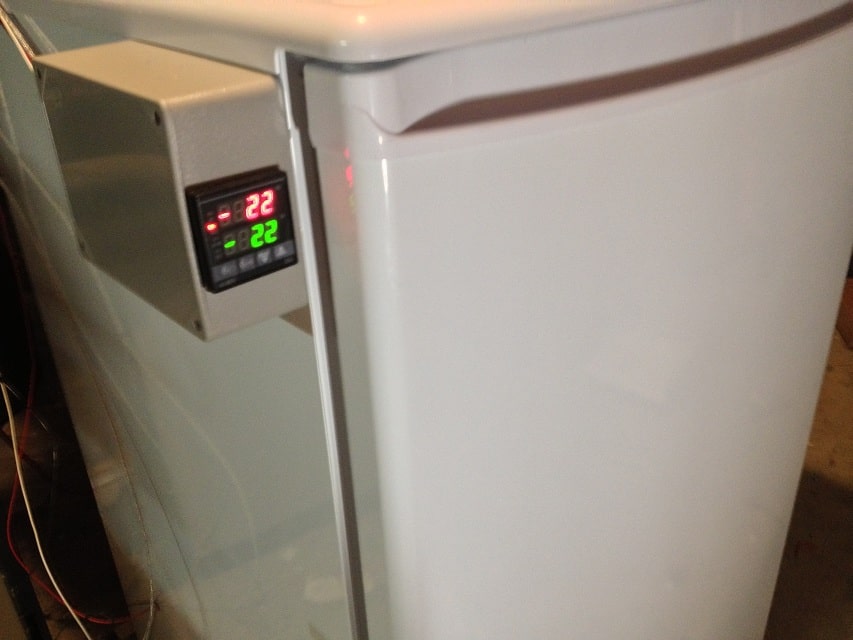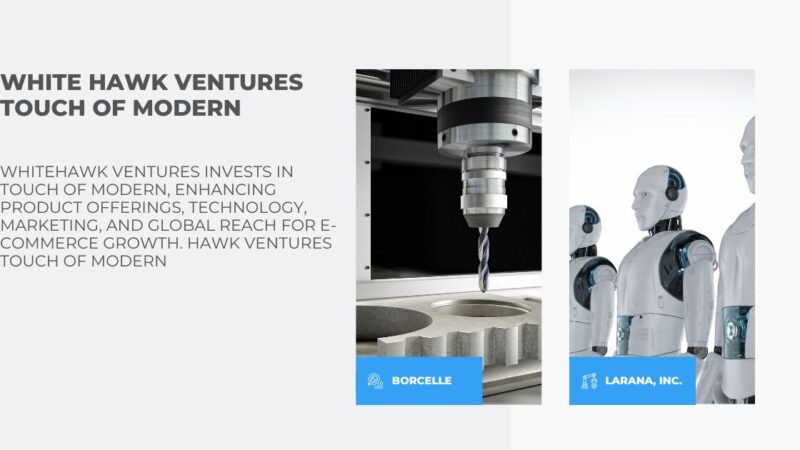Best Laboratory Freezers Buyer’s Guide | Check Reliability & Features
Choosing a potent and powerful freezer is a significant step towards success with your laboratory. Here’s what we need to look at before buying Laboratory Freezers that will serve the purpose efficiently:

Temperature Control and Display
In the fridges we use for household purposes, we get a dial that controls the temperature of the device ranging from warmest to coldest and then to off. However, it is important to note that these options are not enough for your laboratory device. The refrigerators used in laboratories have temperature controls to switch between 2 degrees Celsius to 10 degrees Celsius. Furthermore, when it comes to laboratory freezers they regulate between a temperature range of -10⁰C to -25⁰C, which keeps on varying with the models.
Besides, there are also freezers that operate way below the normal ones. These devices go down to – 25⁰, -30⁰, and -40⁰C. You can also go for ultra-low freezers that range between -50⁰ to -86⁰C.
Note: It is always wise to buy the Laboratory Freezers with the exact temperature controls that we require for our samples. This is because the lesser the temperature the more power it consumes.
You can also go for the highly sophisticated digital LED display microprocessor temperature controllers, with which you can maintain the absolute minimum temperature drift. You can also go as far as setting temperatures to one decimal place with the high-end models. With most of the devices now you can easily get to see the temperature from the inside. Therefore, you don’t have to open the door of the freezer anymore to check the ambient air whenever you want to record the temperature.
Recording the Temperature and Alarms
With the latest technologies of automatic devices and alarming systems, we seem to neglect the need for recording and checking the temperature of our device. However, we might have to pick up the habit once again because automated devices may malfunction and they did on several occasions.
Therefore, the CDC recommends checking and recording the temperature of Laboratory Freezers and refrigerators manually twice during the day,
You must make sure that your device is fitted with an alarming system. This becomes all the handier with valuable vaccines, pharmaceuticals, and biologicals in store. You can fit the optional digital thermometer with any lab refrigerator and freezer These alarms generally consist of an internal sensor. This sensor is inserted in a glycol bottle and connected by the wire, which passes over the hinge-side door gasket or through optional sensor access ports to external control and display module. Glycol is used here to insulate the sensor so that it doesn’t respond to quick temperature fluctuations such as when the door is opened.
You can also build digital audio and visual high/ low-temperature alarm with remote alarm contacts and attach it to your device. This will be indispensable to alert personnel elsewhere in the facility. Furthermore, you can also go for optional USB temperature data loggers with built-in alarms that are available to automatically record interior temperatures at user-programmable intervals using NIST traceable probes. You can simply plug the USB flash drive into a computer and transfer data to a PC for review and archiving. This is much easier and convenient than all that we have been using.
Manual & Auto Defrost Lab Refrigerators and Lab Freezers
Also, you need to make sure that you go for a freezer with an auto-defrost option than the ones that come with manual defrost mechanisms.

Auto-defrost units go hand in hand with the requirements of laboratories and pharmacies. Most of the models with auto defrost options have fans that enable the circulation of chilled air throughout the unit. This brings about a uniform internal temperature. While in some models you can also control the frequency and duration of the defrost cycle. Besides, it’s often advisable to fill the freezer with a product or water bottles This cuts down on the temperature fluctuations due to compressor cycling and door openings.
Independent Freezers or Refrigerators-Cum-Freezers?
If you need a quality freezer then there is nothing better than a standalone one. This is because an independent freezer/refrigerator will maintain the overall temperature better than the combined units.
- Lastly, you need to place your freezer in an appropriate place to use it efficiently for years on end.
- This is a take-off on measure twice, cut once – the mantra of professional carpenters. Or on the guy who built a boat in the basement to find out, it wouldn’t fit through the door.
Here are considerations to keep in mind when purchasing lab refrigerators and freezers:
- Locating the unit – Be certain that enough physical space is out there which there’s proximity to an influence outlet – dedicated is preferable; extension cords aren’t recommended.
- Under counter vs freestanding units – Built-in under-counter units don’t require space at the edges and back because they’re vented from the front. Freestanding units generally require space at the edges and top for air circulation. Freestanding units are finished on the sides as well as the top and front. Depending on models, built-in units may or may not be finished on the sides and top.
- Side, top and rear clearances for full-size units – Manufacturers’ specifications indicate these requirements. Some designs, for example, require a few inches while others can be snugged against side cabinets and rear walls.
- Will the under-counter lab refrigerator – or freezer slot in existing or planned casework? If so is there enough clearance to permit the equipment to function properly? Allow enough space for the unit to be moved for servicing.
- Local environment – Avoid placing refrigerators and freezers near heating ducts or in areas of direct sunlight.
Optional Lab Refrigerator Equipment
Standard and optional equipment available for scientific refrigerators and freezers varies counting on the manufacturer and model. We’ve commented on various temperature sensing, monitoring, and alarming systems, some of which are classified as optional.
Other options to consider include:
- Casters or levelers vs. legs
- Door locks and other security systems
- Insulated glass vs. solid doors
- Additional shelving
- Drawers and baskets
- Reversed door hinges
- Stainless steel vs. painted exteriors and/or interiors
- Sensor ports to access internal scientific equipment
- Internal electrical outlets


